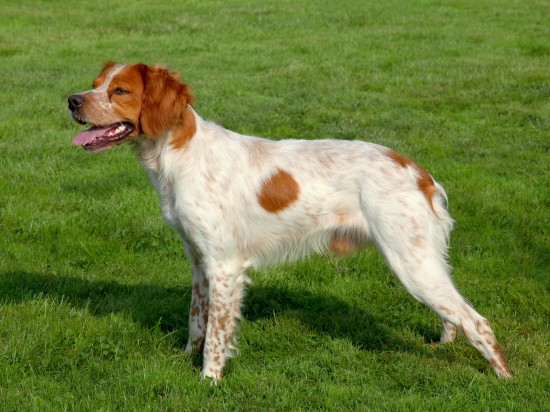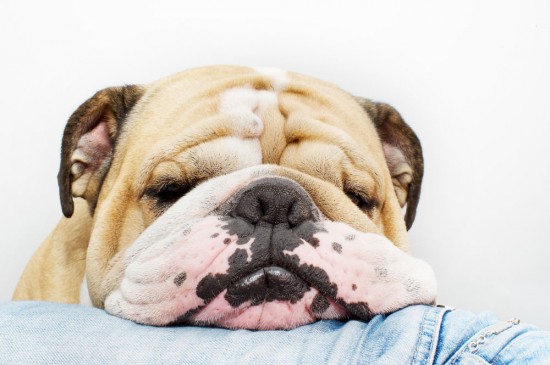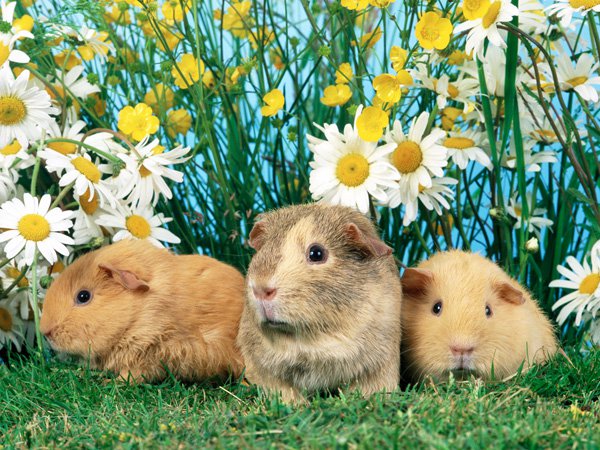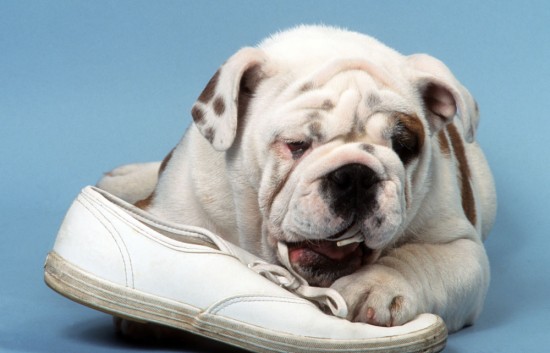When you invest in a cat tree, you want to be sure your cat will actually use it. You know that cat trees benefit your cat by providing mental and physical stimulation, but there is no benefit in having one in the corner if your cat doesn't go near it. Considering the cat's instincts will help you buy a cat tree your cat will use.
You know that cat trees benefit your cat by providing mental and physical stimulation. They allow the cat to express its instinctive impulses to climb and hide. They provide a safe form of exercise and a permissible scratching surface. Allowing free expression of instinct is important in avoiding cat health and behavior problems.
When you invest in a cat tree, you want to be sure your cat will actually use it. There is no benefit in having one in the corner if your cat doesn't go near it. Thoughtful consideration of the animal's natural instincts will give you a clue to what features cats prefer.
Height. Cats need to climb, and the higher the better. It lets them survey their surroundings. It gives them a sense of being out of the reach of predators, and makes them feel safe and secure. There is no reason to use the cat tree if it is no higher than the furniture. Felines want their tree to be the highest point in the area.
Sufficient base. The size of the cat tree base makes no difference to the cat, but the performance of that base does. A tree that tips over is unsafe and could traumatize your pet. If the base is too small, the tree will be unstable and the cat will not feel secure enough to use it. Buy a cat tree with a large, solid base -- the taller the tree, the larger the base.
Curved perches. A cat will spend extended periods of time in its high spot, watching all that goes on below. In the wild, this allows it to observe the presence and movement of both predators and prey. It is easier to gather information in the form of scents on the wind from a higher spot. A curved perch cradles the cat so it can relax without the fear of slipping off.
Cubbyholes. Cats love the feeling of being enclosed. While they most often sleep lightly, every now and then they need a good, restful sleep. A cubbyhole gives the cat a place to hide and sleep, knowing that nothing can sneak up behind it. With only one entrance, it gives them a sense of security because they don't always have to be watching their back for predators.
Tunnels. What we think of as play is an instinct to stalk and hunt. Tunnels supply cover for the stalking cat. It can sneak up on its imagined prey, creeping unseen, ever closer, by slipping through the tunnel and then rushing out at just the right moment to pounce. Tunnels add more mental and physical stimulation to a cat tree.
Tall scratching area. Scratching is another feline instinct. The action keeps the claws clean, sharp, and healthy. A medium-soft wood that allows claws to dig in satisfactorily without splintering is good for scratching. Sisal rope is also good for letting the cat dig in and pull. Besides keeping claws healthy, the action of scratching stretches and tones the cat's muscles. Look for a cat tree with a tall scratching area to provide a full stretch. While many cat trees are covered completely with carpeting, there are indoor cat trees built with natural wood components for better scratching.
To best benefit your cat's health, provide opportunities for it to safely exercise both its muscles and its instincts. When you shop for an indoor cat tree, remember to look for a tall tree with a secure base, curved perches and enclosed cubbyholes for security, and tunnels and scratching areas to satisfy instinctive urges. Your cat will be happy, healthy, and well-adjusted, and your own furniture will last much longer.

 The Hereditary Health And Conformation Of The Brittany Spaniel
The Hereditary He
The Hereditary Health And Conformation Of The Brittany Spaniel
The Hereditary He
 Dogs And Snoring - Is It Cause For Concern?
Dogs And Snoring
Dogs And Snoring - Is It Cause For Concern?
Dogs And Snoring
 Benefits of employing a Boarding Kennels in Saxilby for your dogs!
Benefits of employing a Boarding Kennels in Saxilby for yo
Benefits of employing a Boarding Kennels in Saxilby for your dogs!
Benefits of employing a Boarding Kennels in Saxilby for yo
 Importance of Collars and Harnesses
Importance of Collars and Harnesses
Mutts ador
Importance of Collars and Harnesses
Importance of Collars and Harnesses
Mutts ador
 Five Easy Steps To Curb Inappropriate Chewing In Dogs And Puppies
Five Easy Steps T
Five Easy Steps To Curb Inappropriate Chewing In Dogs And Puppies
Five Easy Steps T